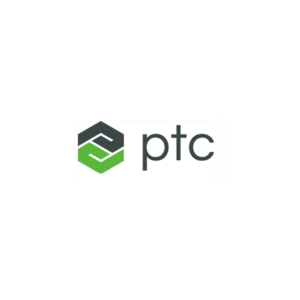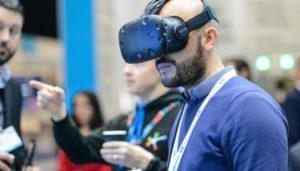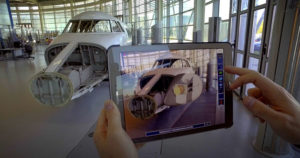New Industry Research from PTC showing best in class performance from AR adopters

The comprehensive research study and corresponding report identifies significant financial improvements realized by industrial companies embracing augmented reality (AR), and provides best practices for unlocking the potential of the technology across various environments.
In addition to the report published, PTC announced exclusive data from Aberdeen that shows that organizations using AR have experienced significant year-over-year business growth and have improved their bottom lines dramatically.
“The rapid pace of the global market, digital transformation, and increasing shortage of highly skilled workers have produced a disruptive threat for businesses,” said Tom Paquin, research analyst, Aberdeen Group. “However, as evidenced by our latest report with PTC, companies that invest in AR, particularly manufacturing and service organizations, have the opportunity to gain a competitive advantage.”
For enterprises, AR can empower workers to understand and interact with the physical and digital worlds, build new skills with reduced training time and cost, and make informed decisions faster. As a result, businesses can unlock increased productivity and improve the effectiveness of training, manufacturing, and service.
“AR is one of the fastest growing segments in the technology market and has been shown to create significant business value for organizations adopting it. Industrial enterprises are keen to improve customer experiences, open up new revenue streams, and disrupt competition by leveraging the new AR capabilities for product and service differentiation,” said Jim Heppelmann, president and CEO, PTC. “Use cases being developed for end customers have a strong focus on service or maintenance instructions, enabling them to reduce machine downtime and maximize product value.”
Also in the press release are details from AWE Europe 2018
PTC and the topic of enterprise AR took center stage today (Oct 18 2018) at AWE Europe 2018, the world’s leading AR and VR conference and expo, held October 18-19 in Munich, Germany.
This morning, Mike Campbell, EVP, Augmented Reality Products, PTC, led a keynote session titled, “PTC Vision for Augmented Reality in the Enterprise,” in which he spoke about the state of AR in the industrial enterprise, reviewed customer use cases, and illustrated the power of AR to fundamentally change the way people work and to allow organizations to re-imagine how to manufacture, sell, operate, and service industrial products.
“Augmented reality can deliver a significant advantage for industrial organizations as part of their overall digital transformation,” said Mr. Campbell. “PTC customers are better leveraging existing investments in CAD, IoT, and digitalization of content through AR experiences, enabling people to visualize and interact with the digital world in the real-time context of their daily work.”
As a Titanium Sponsor of and exhibitor at the event, PTC is showcasing its latest AR solutions – Vuforia Studio, Vuforia Engine, and Vuforia Chalk – as well as distributing copies of the Aberdeen research report at booth 118. PTC is also participating in The International Symposium on Mixed and Augmented Reality (ISMAR), which runs in conjunction with AWE Europe, in booth 405.








